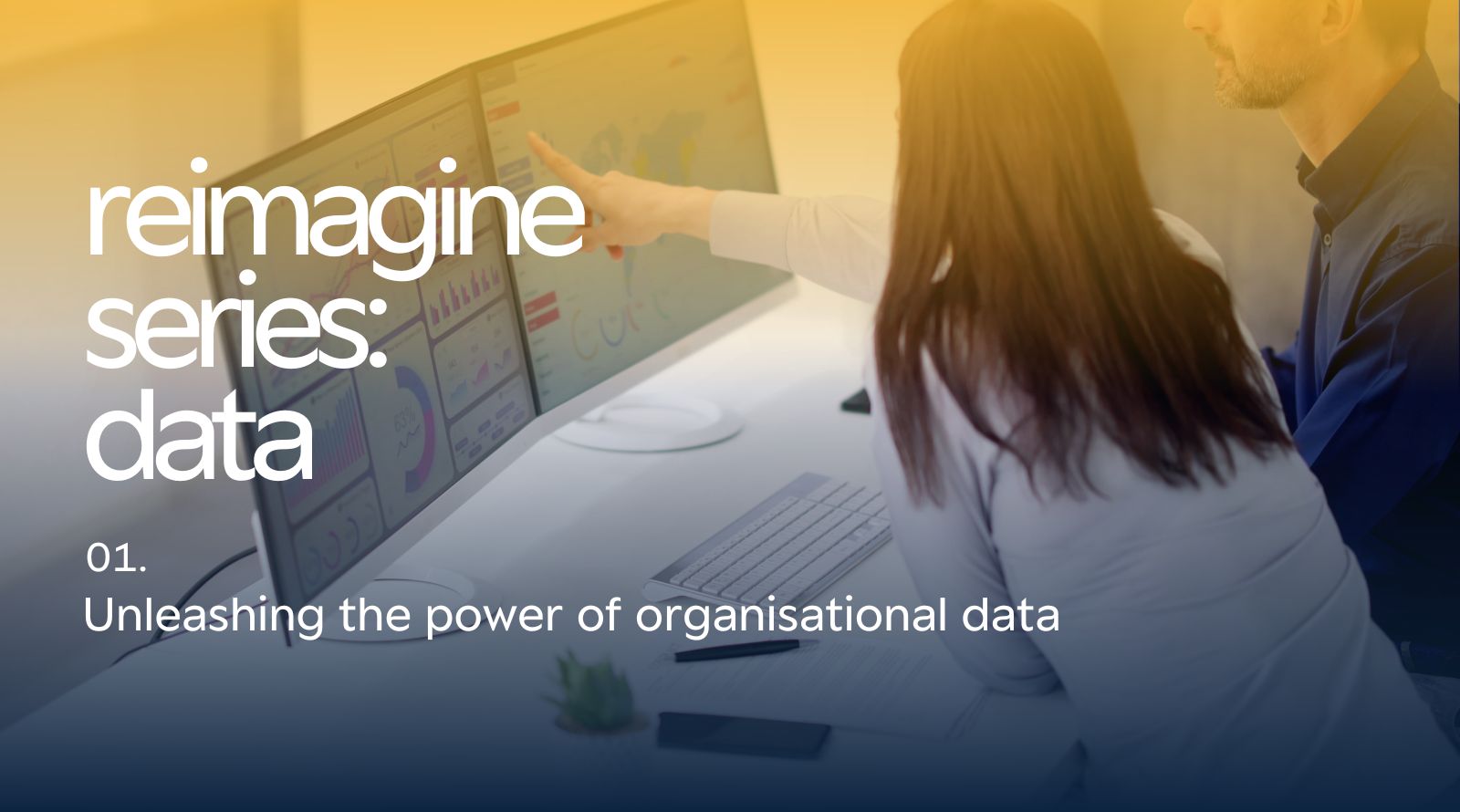In the first post of reimagining data, our academics at HEC Lausanne (UNIL) look at the power of data, which is fast evolving from a byproduct to a core business asset. If used effectively data can help corporations be competitive and innovate. With the widespread use of Generative AI, companies are beginning to value and use data more. Yet data remains an underutilised resource, due to multiple challenges; many businesses don’t share data across divisions; it often sits in siloes and is frequently unorganised or poorly understood.
Around 90% of enterprise data – such as documents, photos, or videos – is ‘dark data’, i.e. captured data that is unorganised and never used. Quality is also an issue, rendering much of it unusable.
“There is a long way to go for companies. We have to change the overall mindset at the organisational level, educate employees by boosting data literacy and create a better culture around data, as well as establish a more professional approach to data management,” explains Christine Legner, Professor of Information Systems at HEC Lausanne and head of the Competence Center for Corporate Data Quality (CC CDQ). She adds: “Businesses should see data as a key resource, which means having a data strategy like you would have for human resources or finance.”
Legner and her team’s research is based on deep industry collaboration, with insights from a consortium of Fortune 500 companies including AXA, BASF, Bayer, Merck, Nestlé, SAP, Siemens and Tetra Pak. The aim of the CC CDQ is to develop and share frameworks, methodologies and tools for practical use in corporate data management.
Data governance is one focal point, alongside Hippolyte Lefebvre a researcher at HEC Lausanne, Professor Legner is proposing that organisations now need to rethink data governance,1 which has been traditionally focused on control and compliance. They are proposing a new dynamic model that supports the strategic use of data and the scaling of data practices across an organisation. “One of the biggest challenges is balancing the control over data with a need to innovate. The governance layer should therefore be light touch. Today. we need to create greater transparency on data assets and make them FAIR – findable, accessible, interoperable and reusable – so that employees can easily reuse data to gain novel insights or improve their daily routines,” she adds.
Data democratisation is another area that Legner focuses on. “We want to get to a stage where it’s not just experts in an organisation that are using data, but everyone, from those in logistics to marketing. You cannot centralise everything – you have to find good ways to decentralise data – it’s the future,” states Professor Legner.
In their research, Legner and Lefebvre looked at digital native companies such as Airbnb, Netflix and Uber, which are frontrunners in leveraging data at scale.2 “Even these companies struggle because they’re growing fast and their data landscape is becoming complex quickly,” states Professor Legner. “They implement data catalogues or data portals to facilitate the access to data, alongside self-service tools. However, these tools remain ineffective without data literacy programs tailored to key personas and active communities to foster data practices”.
As the data world is moving fast, innovation is key – resulting in a paradigm shift in data management. By productising data and managing data as a product within an organisation effectively, corporations can achieve a lot more.3
References:
- Rethinking Data Governance: A Viable System Model, Hippolyte Lefebvre and Christine Legner, European Conference on Information Systems (ECIS 2024) Proceedings, June 2024
- 5 Pillars for Democratizing Data at Your Organization, Hippolyte Lefebvre, Christine Legner and Elizabeth A. Teracino, Harvard Business Review, November 24, 2023
- Data Products, Data Mesh and Data Fabric, Ivo Blom, Felix Wortmann, Christine Legner and Felix Köbler, Business and Information Systems Engineering, 66, 643–652 (2024).




